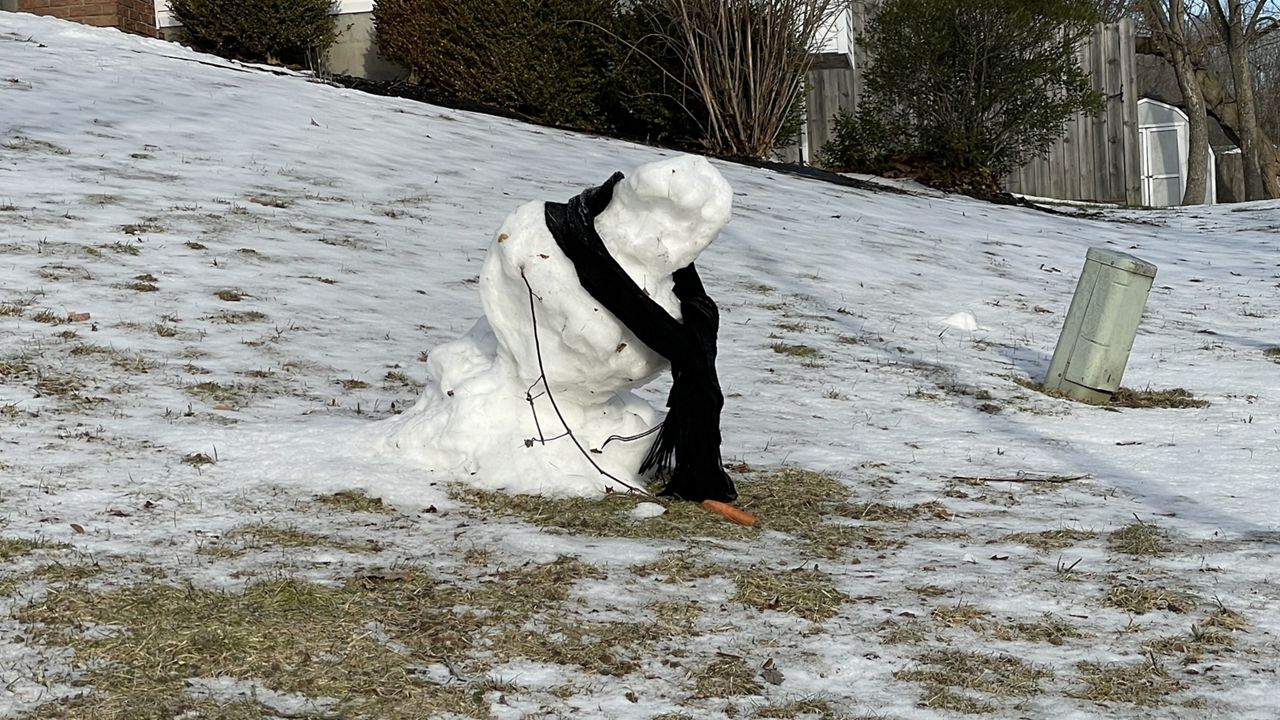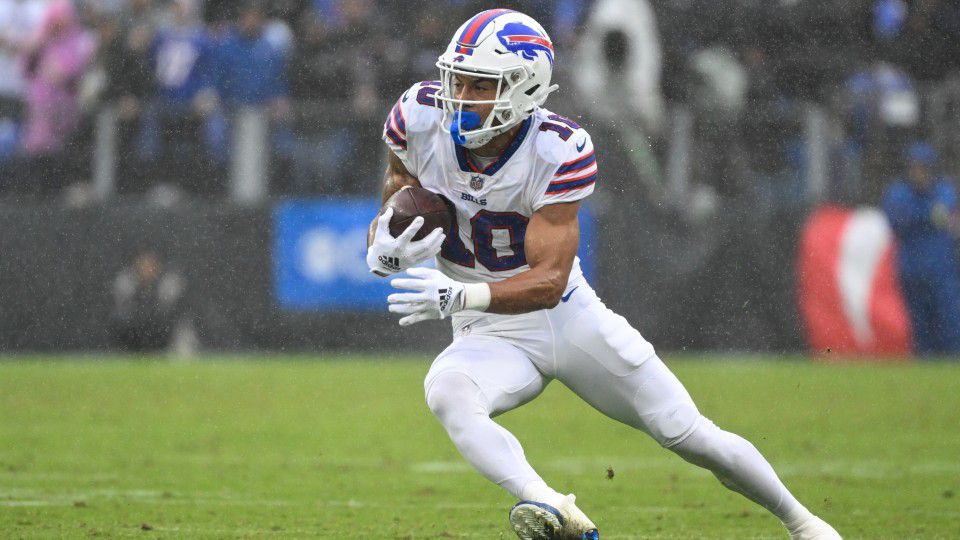FREWSBURG, N.Y. — Agriculture is one of New York state's biggest industries, and out of more than 33,000 farms, more than 3,000 of them are dairy farms.
While New York is the fourth-largest producer of milk in the country, many farmers are struggling to make ends meet.
As the sun rises over Chautauqua County, it's feeding time for hundreds of dairy cows at J-High Acres in Frewsburg.
The calves are also fed through an automated milking system that blends powder and water in giant-sized mixer.
The farm is one of thousands across the state celebrating the dairy industry this June.
''That's our month to show our products, our farms out, and let people know that when they're buying milk products, they're mostly local products and very good for yourself," said Jack Jones, J-High Acres owner.
Jones, 64, is a fourth-generation dairy farmer who spends a good part of the morning preparing eight batches of feed a day down at the commodities shed, where piles of each product are stored.
With the help of a dietitian, Jones mixes just the right portions, as each milking group gets its own specific blend.
"It's a balanced meal to help them milk the best they can and to keep them healthy," said Jones.
Once it's ready, he hauls it to the appropriate barn and releases the automatic feeder that makes its way up and down the line dropping the food to the ground.
Though he grows his own corn, used as part of the feed, Jack says a lot his other feed expenses and the price of diesel fuel continue to rise, while the prices he continues to get for his milk are from the 1980s.
"We're dealing with low prices, but we're managing it,” said Jones. “We're surviving and most of your dairy farms are surviving it.”
Once the cows are fed, crews wipe them down and hook them up to the automated milking system, which runs through a series of tubes and into two large tanks.
During the pandemic, much of the industry — including Jones — had to dump a great deal of milk, watching product and profits literally go down the drain.
"All across the state, everybody's in the same boat,” said Jones. “Things have picked up. I think there's a market for the milk right now.”
"The biggest single sector of our agricultural community in New York state is centered around dairy," said Richard Ball, NYS Department of Agriculture and Markets commissioner.
Ball, also a farmer, learned how to milk cows from his grandfather at 7 years old.
"Milk went into cans," said Ball.
He says while the industry and technology has evolved since then, what hasn't changed are the challenges dairy farmers face before and after the pandemic, including the market place and world trade.
"If there is a silver lining to it, I think a lot of New Yorkers came to grips with recognizing we have a pretty elaborate food system,” said Ball. “Realizing we have the capacity to feed ourselves.”
"Make sure you know where your food comes from," said Jones.
Jones says he encourages consumers to buy local.
"It helps our economy,” said Jones. “Every dollar that we make here we spend locally.”
On the federal level, U.S. Senators Chuck Schumer and Kirsten Gillibrand recently called on the USDA to provide additional relief to state dairy farmers through the Coronavirus Food Assistance Program.
"I guess anything would help,” said Jones. “I guess most of us dairy farmers, any kind of farmer, would rather get it out of the market then rely on subsidies from government."
"That was a critical addition to helping the industry stay afloat,” said Ball. “Farmers love what they do. They don't do it because they make a lot of money at it. They don't do it because it's easy. They do it because they see a mission, a bigger mission to feed the world.”
It’s a mission Jones has been on for almost 50 years.
"It's a good life, lot of hard work,” said Jones. “But we weather through it. Good place to raise a family.”
And while he shows no signs of slowing down, Jones is grooming his adult kids and grandchildren to uphold the family legacy.
"The next generation is huge,” said Jones. “If you don't have someone coming up underneath you, you're a last-generation farm. You want it to continue. That's the main goal.”
Jones is also asking anyone who travels near dairy farms to watch their speed, slow down and be patient when behind the various tractors.









